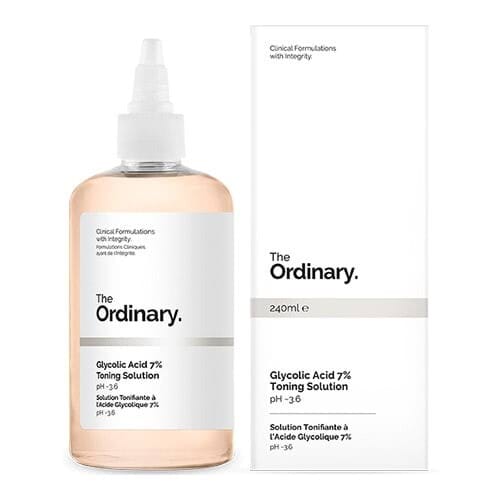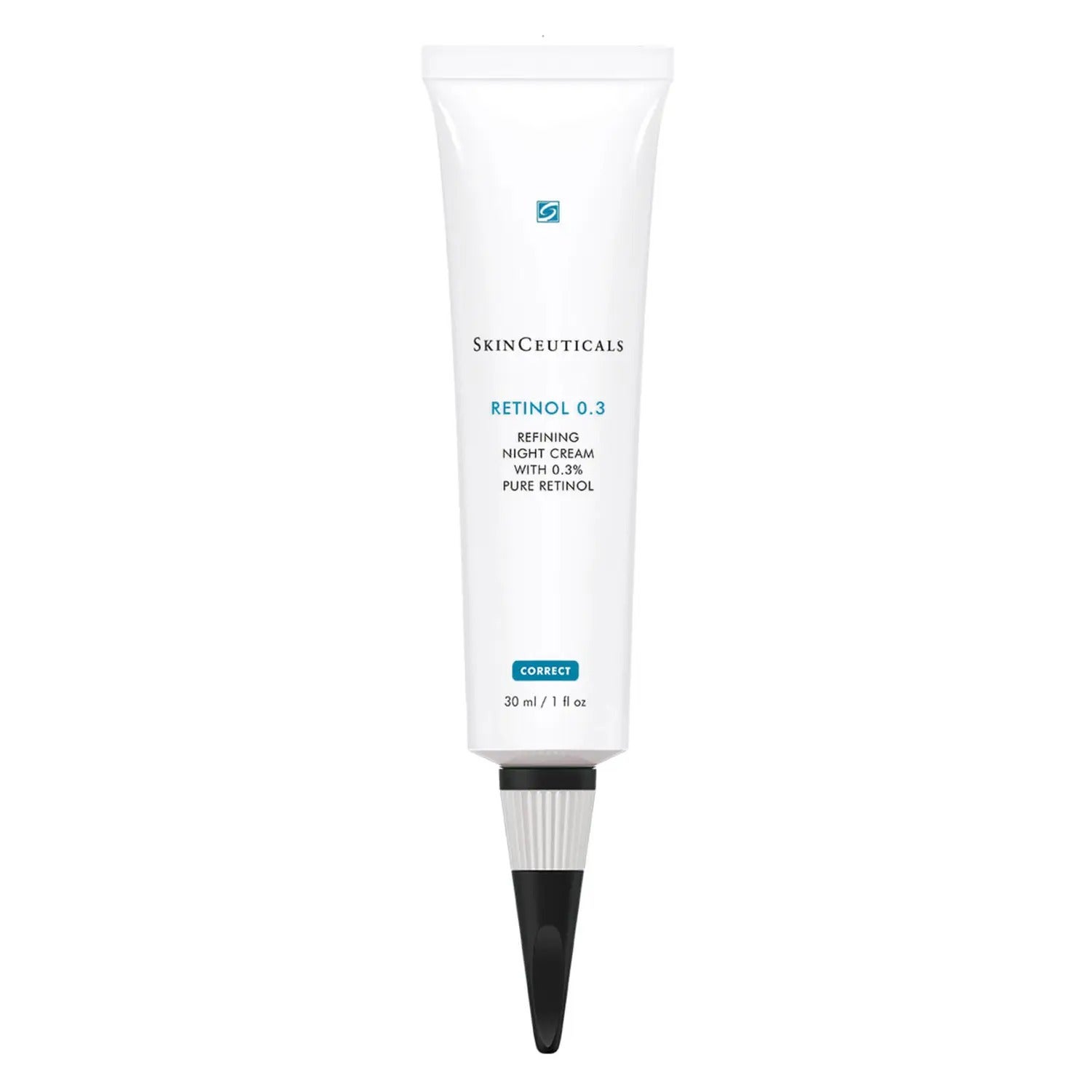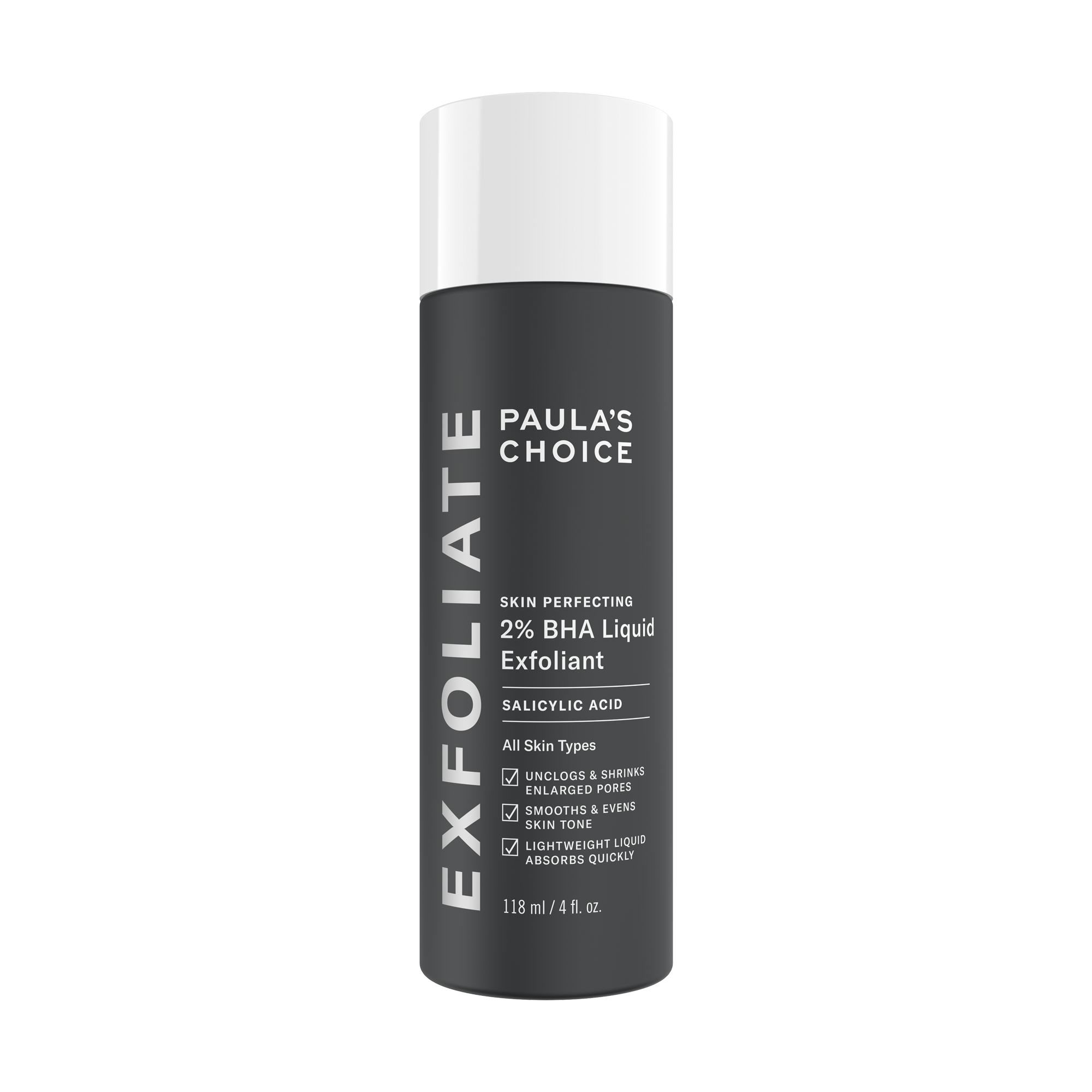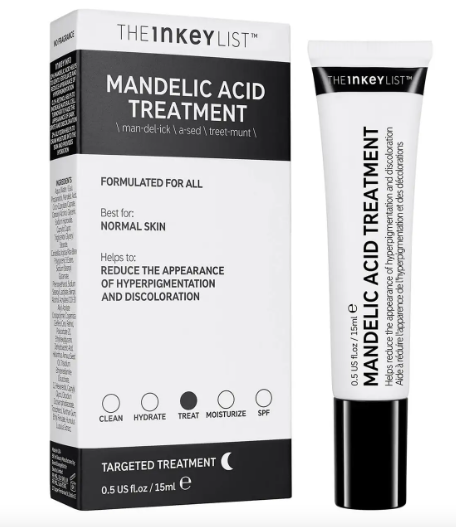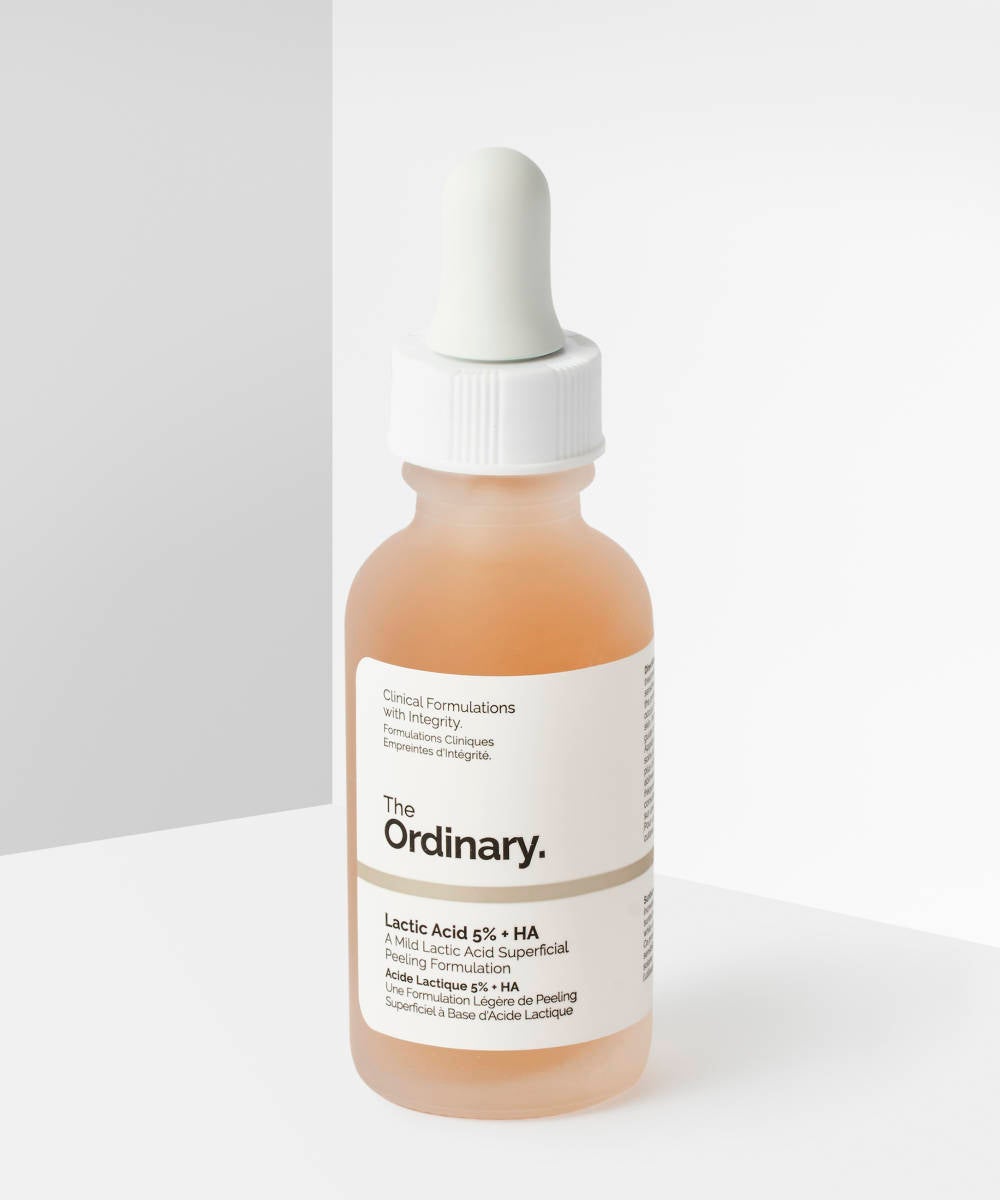Welcome to Beauty In A Tik, where we put TikTok's viral beauty hacks and innovative trends to the test.
At Refinery29 Australia, we’re here to help you navigate this overwhelming world of stuff. All of our picks are independently selected and curated by the editorial team, but we may earn commission or other compensation from the links on this page.
When it comes to skincare, TikTok is a hive of information. Granted, some of it is questionable, like how to treat 'strawberry legs' (you really don't need to) or why you should try face slugging (a one-way ticket to breakouts for many). The majority of the time, though, the advice is incredibly helpful, how sandwiching layers of hyaluronic acid between water results in plumper, more hydrated skin.
AdvertisementADVERTISEMENT
This month, TikTok has turned our attention to 'skin cycling', a four-step nightly skincare routine which is proven to help with uneven skin texture and breakouts. Before we go any further, both of these things are very common and entirely normal. That said, acne can not only be quite painful but research proves that it has a detrimental effect on confidence and self-esteem. Whether you choose to embrace or treat your skin is, of course, your prerogative.
@drwhitneybowe Skin cycling for beginners: how to get started. And how to layer with Bowe Glowe #skincycling #thatboweglow #dermatologist #skintok ♬ original sound - Dr. Whitney Bowe
What is skin cycling?
Over on TikTok, dermatologist Dr Whitney Bowe is leading the charge with countless viral videos but skincare enthusiasts like Michelle Zoltan and Riley Bond are extolling the virtues of skin cycling, too. It's simple: after cleansing and patting your skin dry, night one consists of applying an exfoliating product to the skin, such as an exfoliating acid like glycolic, lactic or salicylic acid. Dr Bowe recommends a leave-on product, which she says will be more effective. Then simply follow with your moisturiser.
On night two (again, after cleansing and patting your skin dry), choose a retinol product. This could be in the form of a serum or a moisturiser, and Dr Bowe suggests a pea-sized pump for the entire face. If you're a retinol novice, you might want to apply a little moisturiser underneath your eyes, at the corners of your mouth and the sides of your nose first, to protect these sensitive areas of skin from irritation, says Dr Bowe.
AdvertisementADVERTISEMENT
Nights three and four involve cleansing, patting your skin dry and following with a very simple and gentle moisturiser. Nothing more. This step is important as it gives your skin time to heal itself, ready for the next application of exfoliating acids followed by retinol (which can cause issues like soreness and flaky skin if overused).
What are the benefits of skin cycling?
@s.ineva how to balance out your routine for more efficiency✨️#selfcarewithsine #skincaretips #skin #skincycling #glassskin #glassskinroutine #glassskincare #glassskingoals #clearskin #clearskintips #oilyskin #oilyskincare #dryskin #dryskincare #dryskintips #glassskincare #sensitiveskin #sensitiveskincare #sensitiveskinroutine #sensitiveskinsolutions #glassskinroutine #acneproneskin #acneproducts #ceravesacleanser #acneprone #acne #acneskin #hyperpigmentation #hyperpigmentationtreatment #dullskin #dullskincare #dullskinsolution #dullskintips #evenskintone #glowingskin #glowingskincare #glowingskintips #cerave #ceravesouthafrica #ceramides #developedwithderms #skinbarrier #developedwithderms #standardbeauty #eucerin #neutrogena #hyaluronicacid #skinismorethanskin #hydratedskin #hydratedskincare #hydratedskinishappyskin #healthyskin ♬ Betty (Get Money) - Yung Gravy
Skin cycling caught my attention not just because it has amassed an enormous 3.5 billion views on TikTok and has dermatologist backing but because it's the ultimate routine for someone struggling with hormonal skin issues. My face has been peppered with little red spots, whiteheads and blackheads. The prescription-strength retinol I've been using for the best part of three months has worked to some extent but it's the little under-the-skin bumps (known as closed comedones) that bother me the most. Mainly because I pick at them, which leads to skin staining or hyperpigmentation. Could skin cycling be the boost my skincare routine so needed?
Firstly, I asked Dr Dev Patel, aesthetic doctor, dermatology expert and founder of Perfect Skin Solutions, for his take on the routine. He says it has its merits. "Primarily, this strategy should prevent overzealous skincare users from excessive exfoliating, which can lead to dry and irritated skin due to an impaired skin barrier," says Dr Patel. "It essentially simplifies things, as it can be confusing when one has multiple products on the bathroom shelf."
AdvertisementADVERTISEMENT
Sky Clinic's Dr Salome Dharamshi, an aesthetic doctor and skincare expert, explains that skin cycling mostly benefits those who are acne-prone or have dull and pigmented skin but if you aren't very dry or very sensitive, you could totally give it a go to freshen up your complexion. Dr Dharamshi says a skin cycling routine is an ideal way to introduce active ingredients to the skin and then give it time to absorb those ingredients and benefit from the healing cycle. "You're most likely to notice significant improvements in skin texture including a reduction in pore size," adds Dr Patel. "Those with oily or acne-prone skin and even pigmentation may also notice improved skin."
How do you do skin cycling?
First of all it pays to get your cleanser right. When using active ingredients like acid exfoliators and retinol, I tend to opt for something uncomplicated, like Paula's Choice Defense Hydrating Gel-to-Cream Cleanser, $32, or CeraVe Hydrating Cream-to-Foam Cleanser, $19.99.
Next, I picked up one of my favourite exfoliating products: The Ordinary Glycolic Acid 7% Toning Solution, $16.30. I've used acid exfoliators like this one before so my skin is used to them. If you're a beginner, I'd suggest something a lot gentler. Try Pixi Glow Tonic, $28, or Medik8 Press & Glow, $58, swiped on with a cotton pad — both of which feature glycolic acid. TikTok's Dr Bowe says that a slight tingle is normal but if it burns, rinse the product off immediately. I followed with a simple fragrance-free moisturiser.
AdvertisementADVERTISEMENT
@jacquelinekilikita Skin cycling is improving my acne 🙌🏼 inspired by @drwhitneybowe #skincycling #beautyinatik #skincare #skincarehacks ♬ So Much Happiness - Lux-Inspira
How do you know which exfoliating acid is right for you? "Glycolic acid is a traditional yet effective acid," says Dr Patel, and arguably the most popular, but salicylic acid is also an excellent choice for those with acne-prone skin. You might like to try Paula's Choice Skin Perfecting 2% BHA Liquid Exfoliant, $16. "Mandelic acid is a good all-rounder and useful for rosacea, too," says Dr Patel, "while lactic acid is typically much gentler."
The next evening I reached for a retinol serum, which I applied to clean, dry skin and then followed with the same simple moisturiser. Dr Dharamshi says that if you have never used retinol, you should always start at a low strength (such as 0.3%) and increase the strength gradually to up to 1% — and only at night.
On nights three and four I cleansed, patted my skin dry and generously applied moisturiser. Consistency is key when it comes to a routine like this. In fact, Dr Patel says that it could take up to three months to see the results you want.
Does skin cycling really work?
I've been skin cycling for just over two weeks now and while I'm still contending with skin texture and the odd cluster of whiteheads, my skin is in much better condition. It's smoother, more glowing and I'm less tempted to pick. The spots on my cheeks have calmed down a lot but I've noticed a tiny congregation of bumps on my chin. This is common when using a product like retinol, though, as it brings all the clogged pores to the surface (necessary for de-gunking them). I've seen the most difference in the skin staining left behind by breakouts. Those red splotches are fading very nicely thanks to the glycolic acid.
AdvertisementADVERTISEMENT
Come to think of it, skin cycling isn't anything new. A similar skincare routine was prescribed to me by consultant dermatologist Dr Anjali Mahto some years ago when I visited her clinic. The trio of gentle exfoliating acids, low-strength retinol and a 'bland' moisturiser, as Dr Mahto puts it, is a winning combination — and it has been for some time now. In other words, it really works.
Are there any downsides to skin cycling?
Not really, says Dr Patel. "Every single person is unique and I teach my patients to be adaptable in their approach." Dr Patel says our skin fluctuates on a daily basis, influenced by diet, stress, sleep, menstrual cycle and more. "It is therefore important to know how to adjust your regime based on changes that may occur," which might include dialling up or down the percentage of your skincare products depending on how your skin is reacting.
Lastly, one thing that both experts featured in this article agree on is the need to apply a high factor, broad spectrum sunscreen during the daytime when using either exfoliating acids or retinol (and particularly when using both). These ingredients can make skin sensitive to sunlight so it pays to protect it at all costs — yes, even when it's cold and cloudy outside.
Want more? Get Refinery29 Australia’s best stories delivered to your inbox each week. Sign up here!
AdvertisementADVERTISEMENT








